– Aerial and Underwater Photography
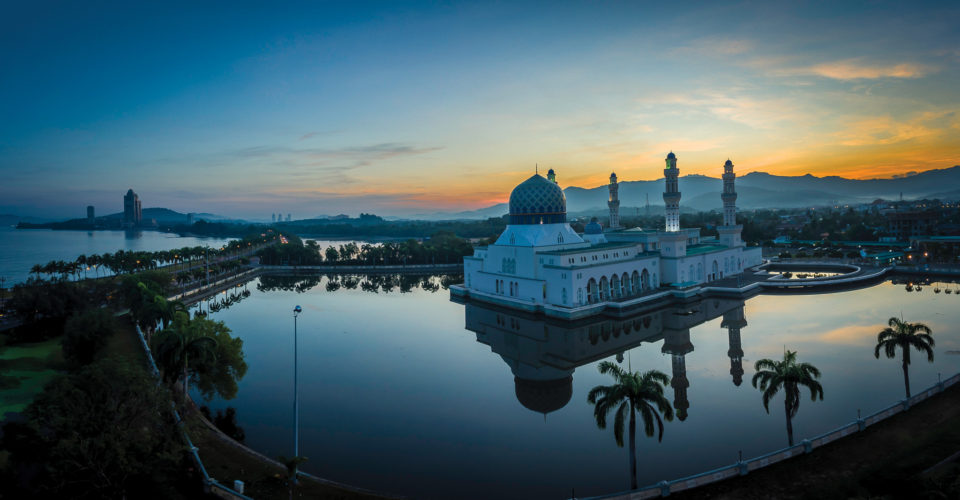
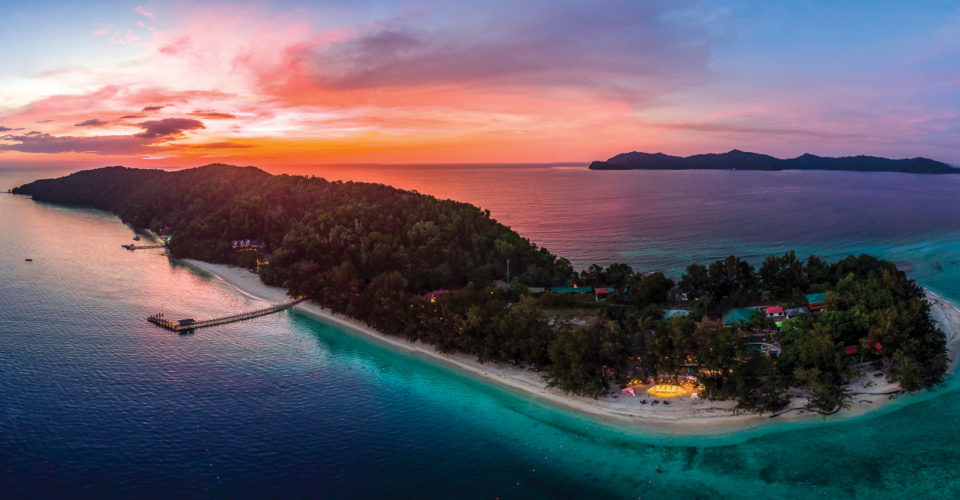
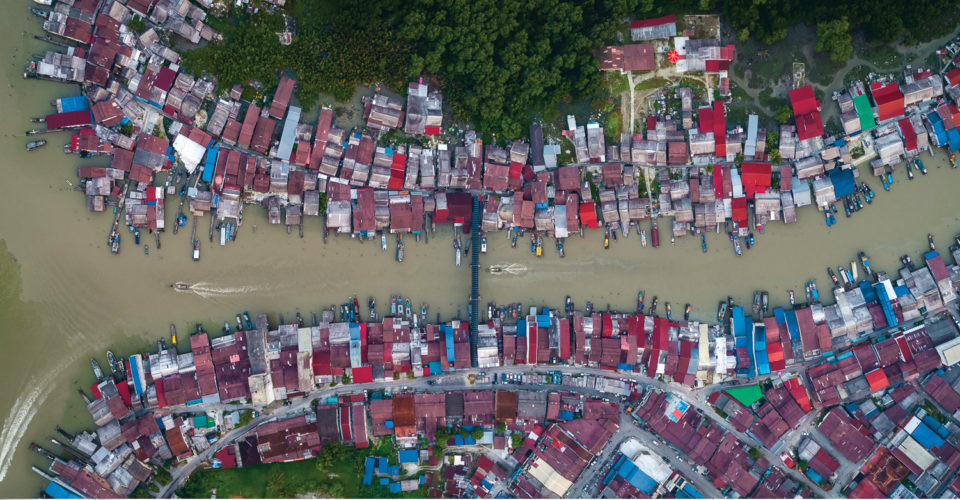
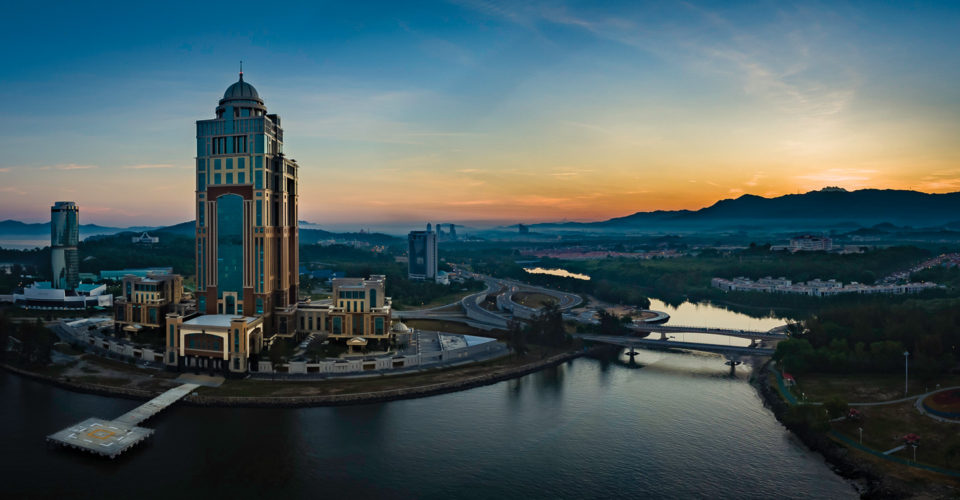
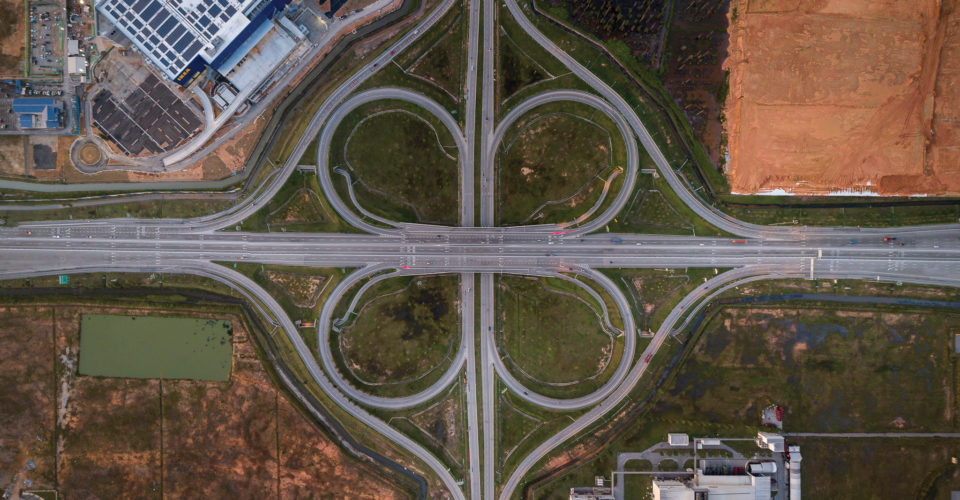
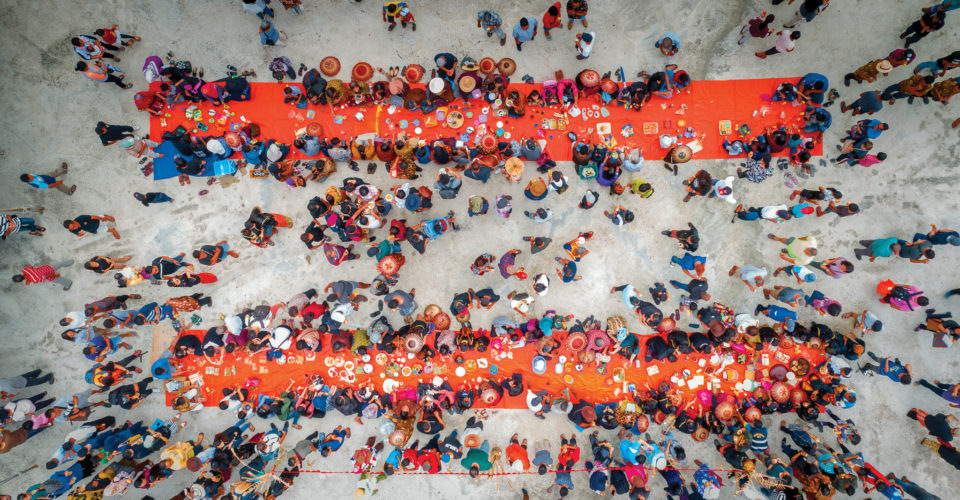
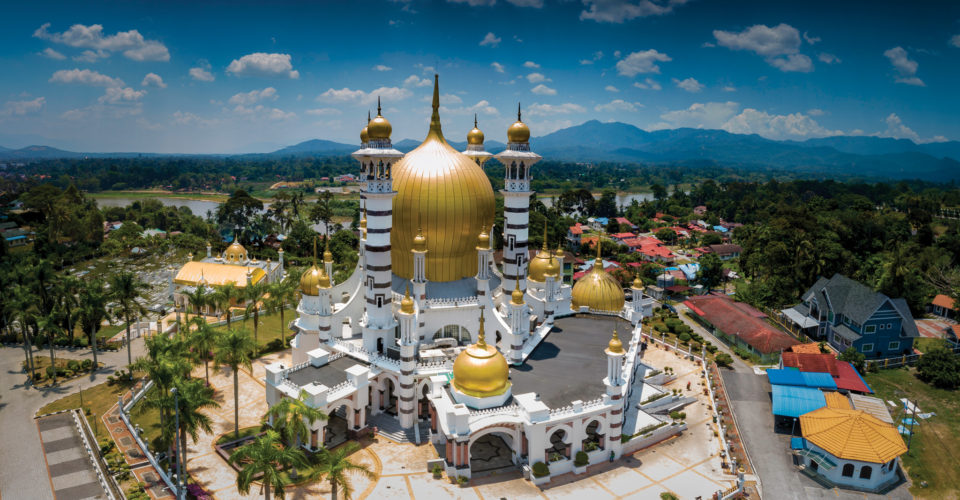
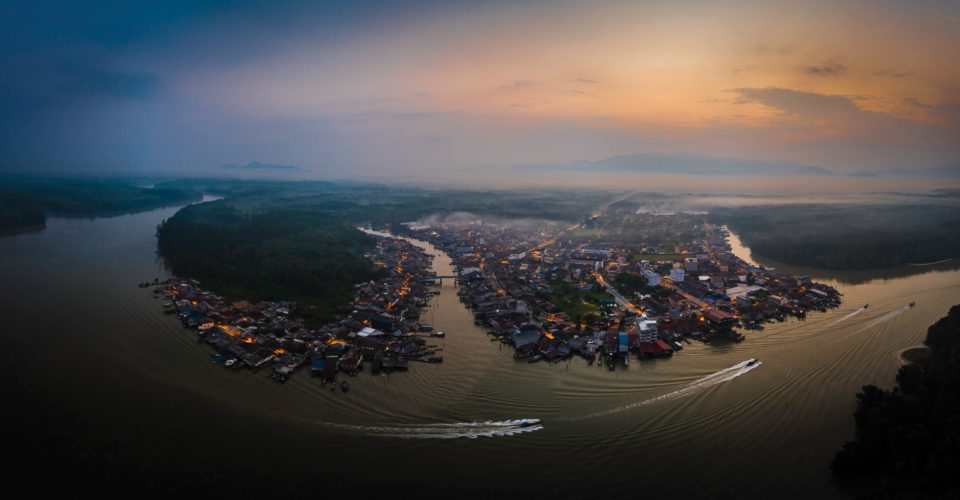
Aerial photography captures some of the most awe-inspiring views of Earth that we’ve ever seen. Taking cameras to new heights literally, – the vantage points allow us to experience the world from which humans were never meant to do so. It may be cliché, but aerial or drone photography really does offer a new perspective on the world. David ST Loh is one of the few local photographers who does well in aerial photography, but this didn’t stop him from developing a passion for the depths of the oceans too
The Journey
I’ve been a photojournalist for over 25 years and with the advancement in consumer drone technology, it allows me to capture images at a different and evocative perspective. The drone is another eye for me to see and capture images. I was studying in Vancouver when I discovered that the best way to get access to events was to be involved with the student newsletters. With the media access and a camera, I started exploring what images could ‘say’ and ‘do’. In all my years as a photojournalist, I want to show different angles and perspectives whether it’s on land, in the air or underwater. The drone is another tool for me to see and capture images.
My wife and I have always enjoyed travelling and todate, have visited 22 countries. We love to explore both overseas and Malaysia as well. When I was working with The Star Publication, I created a series of photo essays where I travelled to small towns across Peninsula Malaysia and documented lives there. There is always a story to tell whether it’s the fishing village in Kuala Terengganu, the orang asli in Kuala Who, or exploring Taman Negara. I will always look for areas that will give interesting visuals while taking a photo for the project, such as terrains, industries, landmarks, and anything that would look different.
The Great Achievement
In July 2019, we published 2000 copies of the Over Penang book and we are now in the midst of reprinting another batch. Sales have been great and demand is very strong. We are grateful and thankful of the support we are getting from the Penang Chief Minister, who is gifting our book to his visitors, investors and even visiting dignitaries. There are strong demands from Penang companies too, who customize our book to present them to their clients.
We published the book ourselves because we wanted it out quickly and be ready for our first Over Penang Exhibition in Singapore. That event was held at the prestigious Fullerton Hotel for the whole month of July 2019. We felt we had a good product and a great team and was confident the book will marketable.
There are several causes we are passionate about and we have decided to donate a portion of our sales to charities. To date, we managed to collect about RM7,000 that will be disbursed to the few charitable organizations that we support. Going forward, we are looking to forge a partnership with other charitable organizations, so that we can give up to 30 percent of our sales directly to them. We have been blessed with a good product and we hope we can use it to help others. We are also thrilled to announce that the book has won two Honorable Mention awards at the International Photography Contest (IPA), which is one of the most prestigious photo contests in the world with over 470 Awards each year.
Internationally acclaimed author and photojournalist David ST Loh has been in the media industry for over 30 years, most of which were spent with the renowned news organization, Reuters.
Previously based in Kuala Lumpur, London and Singapore, his images have graced many books and global newspapers, including the New York Times, Washington Post, Financial Times, UK Times and others. He has held several solo photography exhibitions and recently published his first book, Over Penang.
In Progress – Over Sarawak
We had an overwhelmingly successful Over Penang exhibition during the George Town Festival last year. When the organiser of the Rainforest Fringe Festival 2019 proposed Over Sarawak, I jumped at the chance. Sarawak is an intriguing state of diverse culture and natural resources. I wanted to challenge myself on how to capture the scenic nature and also the festivals that is celebrated there.
It will have to be the shipyard at Kuala Baram. Most times, I’d fly my drone during the blue or golden hours. However, as we were travelling across Sarawak, with a limited time, you make the most of the daylight. The image captured at high noon that day gave a stark contrast of the outline of the buildings, the ships, equipment and ground. It cumulated to an image akin to colours that Gustav Klimt used in his paintings.
Time and weather are two of the difficulties I encountered over the course of this project. This project, covering the largest state in Malaysia that is almost equal in size to that of Peninsula Malaysia, is daunting. We needed to determine the areas to cover, researched on the position of the sun and always having to be mindful of the weather too, and how mercurial it can be. Capturing the celebration of festivals was another challenge. I managed to capture the Kaul festival in Mukah, which was celebrated at the beach front of the Telian River.
Dare to take risks and be different
I’m one for trying out something a little different all the time, whether it works or not is beside the point. There is one particular image that I shot during Chinese New Year in 2018, a few months after returning to Penang. I had covered this event several years ago and remembered all the photographers trying to shoot from a tall ladder. My policy in photography is to always try and get a different angle than others or to always find a new angle. Thus you will rarely find me in the same position as the rest of the photographers during a news assignment. I prefer to take risk, than to get an image that everyone else will have.
For this particular shot of the altar table, I thought it would look great if I could get a direct top down view of the table, with the crowd walking around it. This was the first frame of that night from the drone, I flew and position it right in the middle and fired off a few frames. Looking back, I am glad I used the right shutter speed (1/4 sec) to have some motion but with the offerings on the table “tack sharp”.
My Signature Style
Developing your own signature style is a critical and integral part of becoming an established photographer. Most of the drone images are stitched images. The reason for that is to get a big enough file for our 1m or larger fine art prints, and also to get the panoramic effect, that is, tiny planet, inverse tiny planet etc. with a stitched file, some of my images are over 4Gb. The DJIP4 Pro drone can shoot 34 frames to give you 360 degrees, 21 frames for 180 degrees and so on. When I don’t use all the frames on a panoramic shoot, I get all these weird shapes. Initially I wanted to crop them into the normal rectangular photo but decided to just use these unique crops. Now people recognized them as my
photography style.
Passion and love for underwater photography
Being a photographer, it’s natural to continue capturing images. Again, I like to show people something they have not seen before. It’s not just going underwater and pointing the camera at the marine life there. It is the same practice when taking photographs on land. Be aware of your surroundings; anticipate the movements of the marine flora and fauna, and a basic knowledge of the marine world helps too. Knowing where to find the pygmy seahorse, and the sea fan, corals which illuminates when shone on, is certainly helpful.
It is exciting to see any marine animal. You will never know what creatures will swim pass you. We were on an exploratory dive at the South Andamans Island and the fishes were so bountiful that you lose sight of your buddy. Every image taken is not just a pretty picture, it also tells of the rubbish that had been dumped at sea, the coral bleaching due to warmer sea temperature or coral damage due to fish bombing. It exposes and create awareness of the harm that humans do to the environment.

